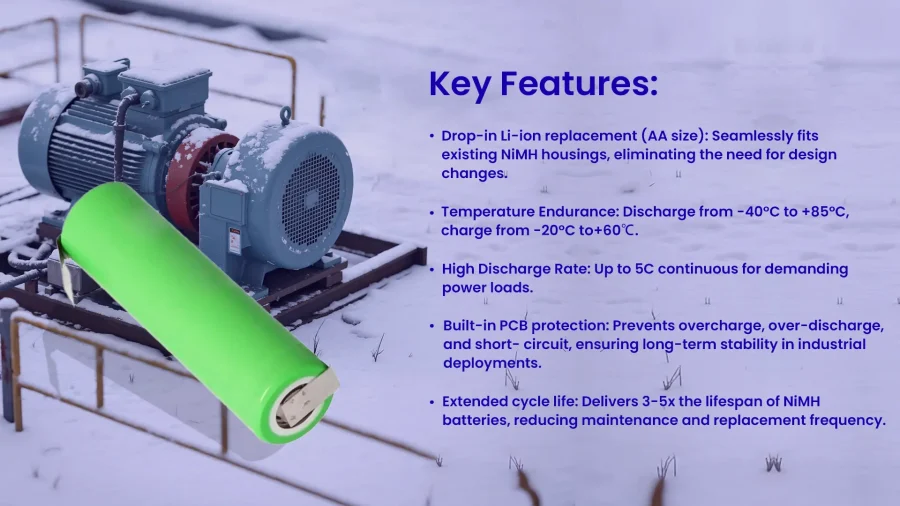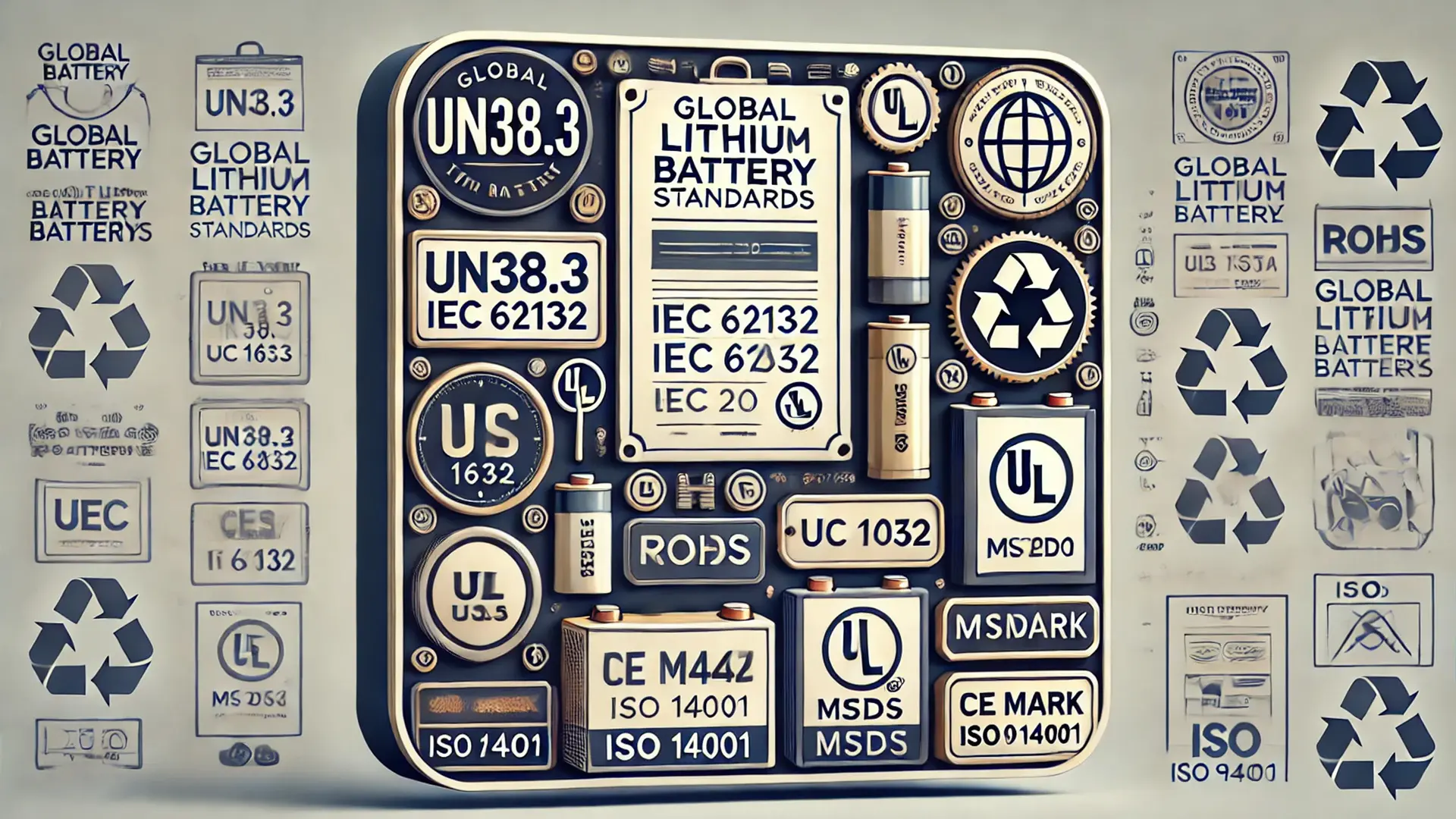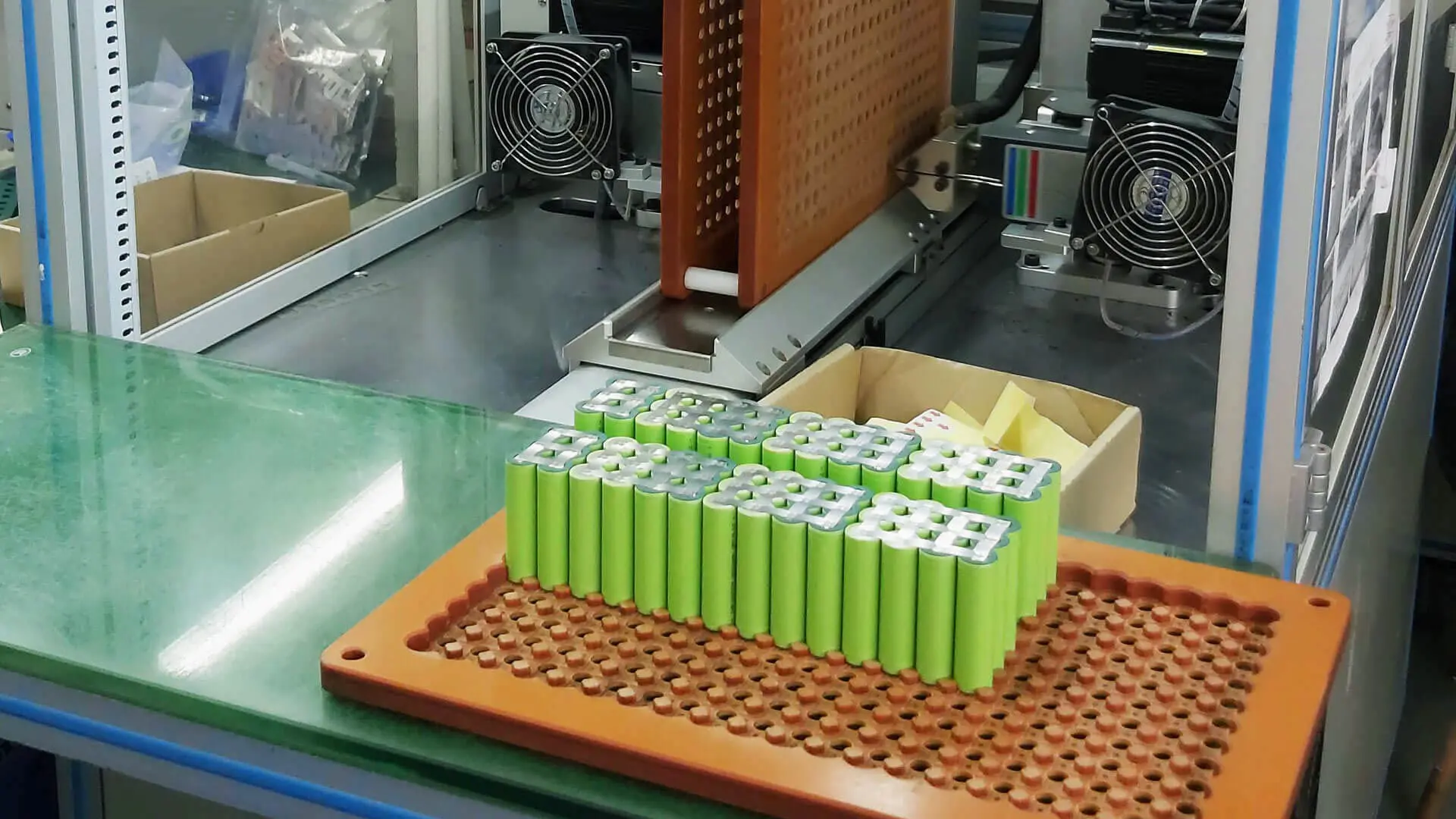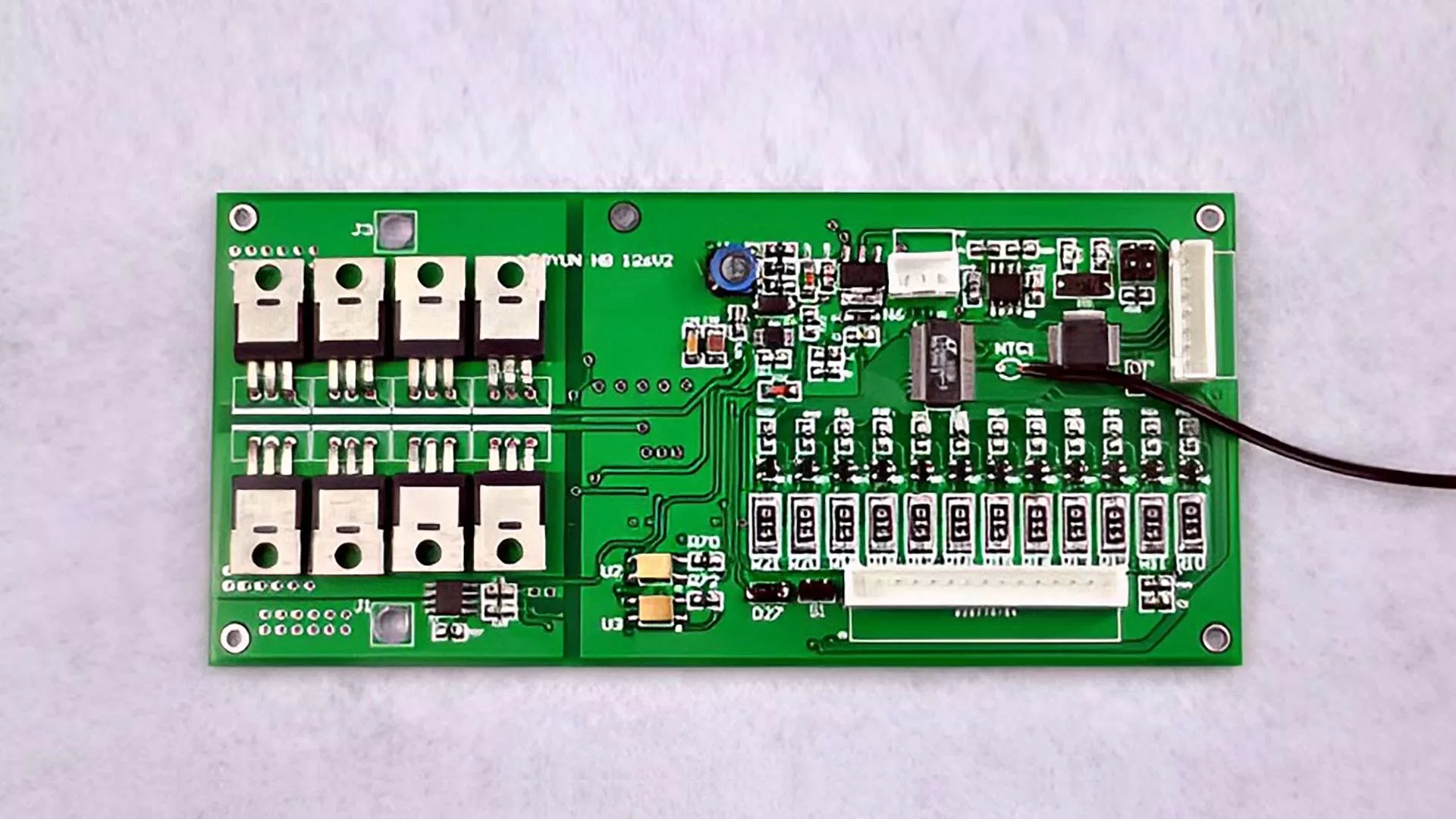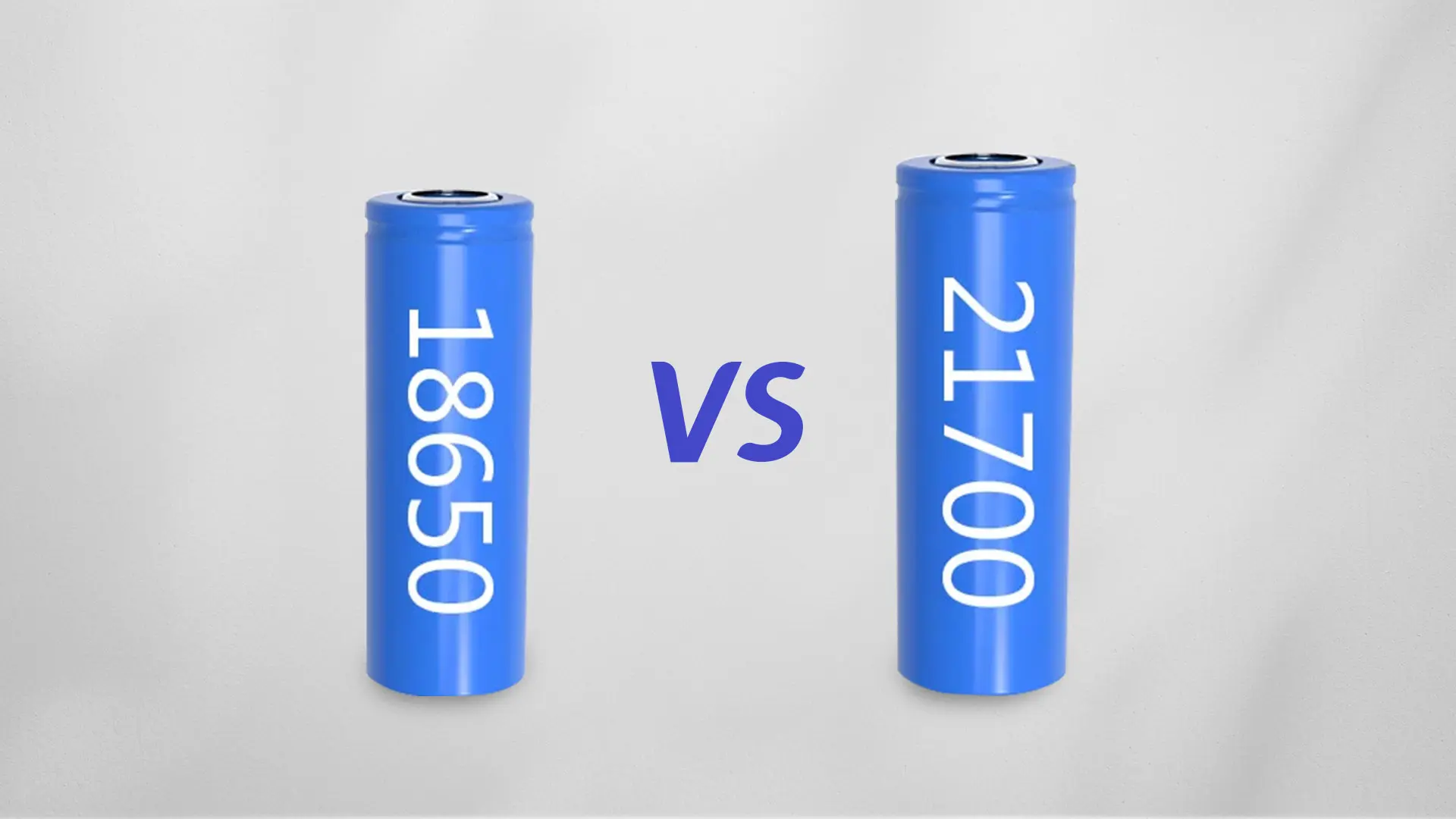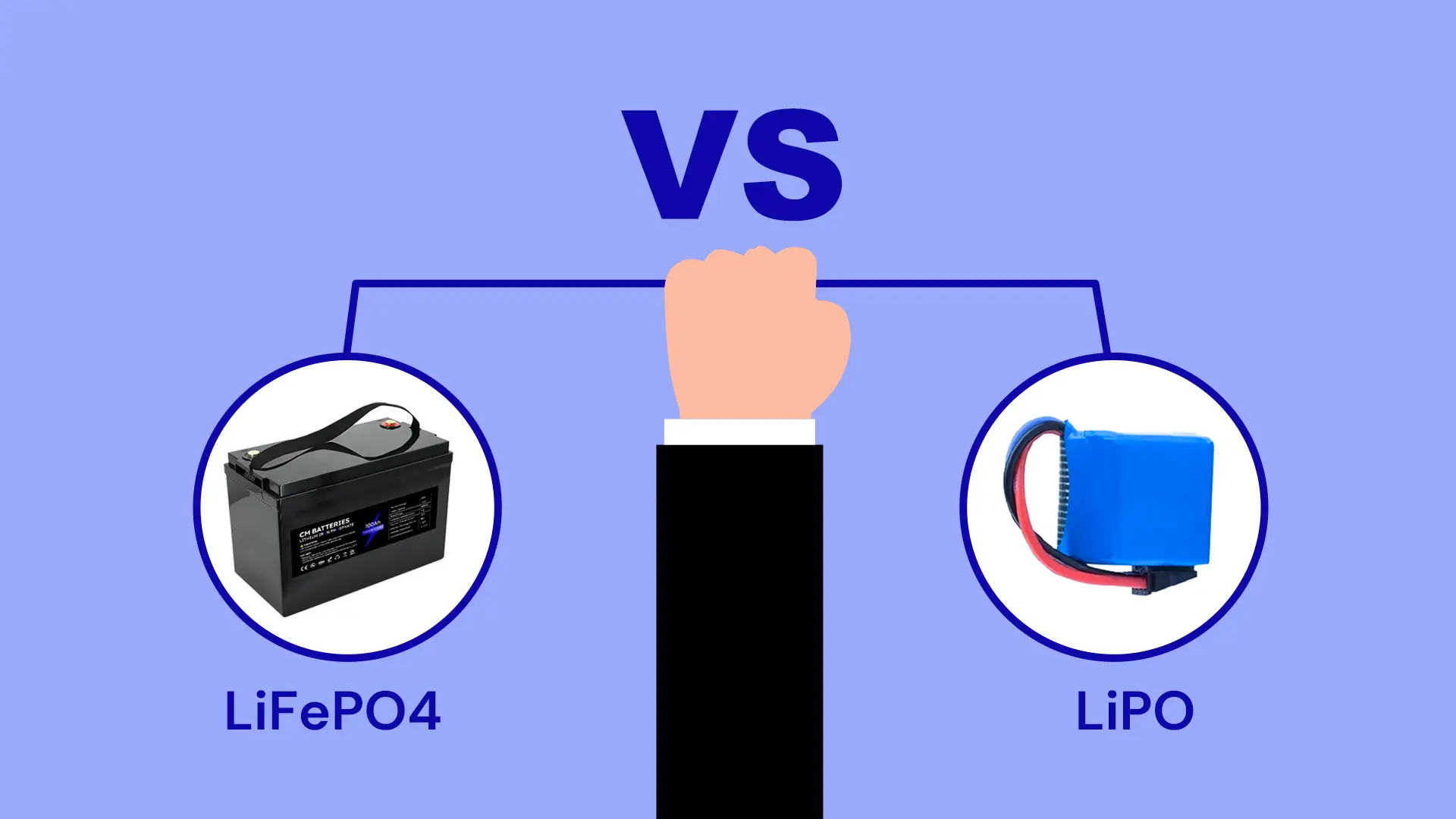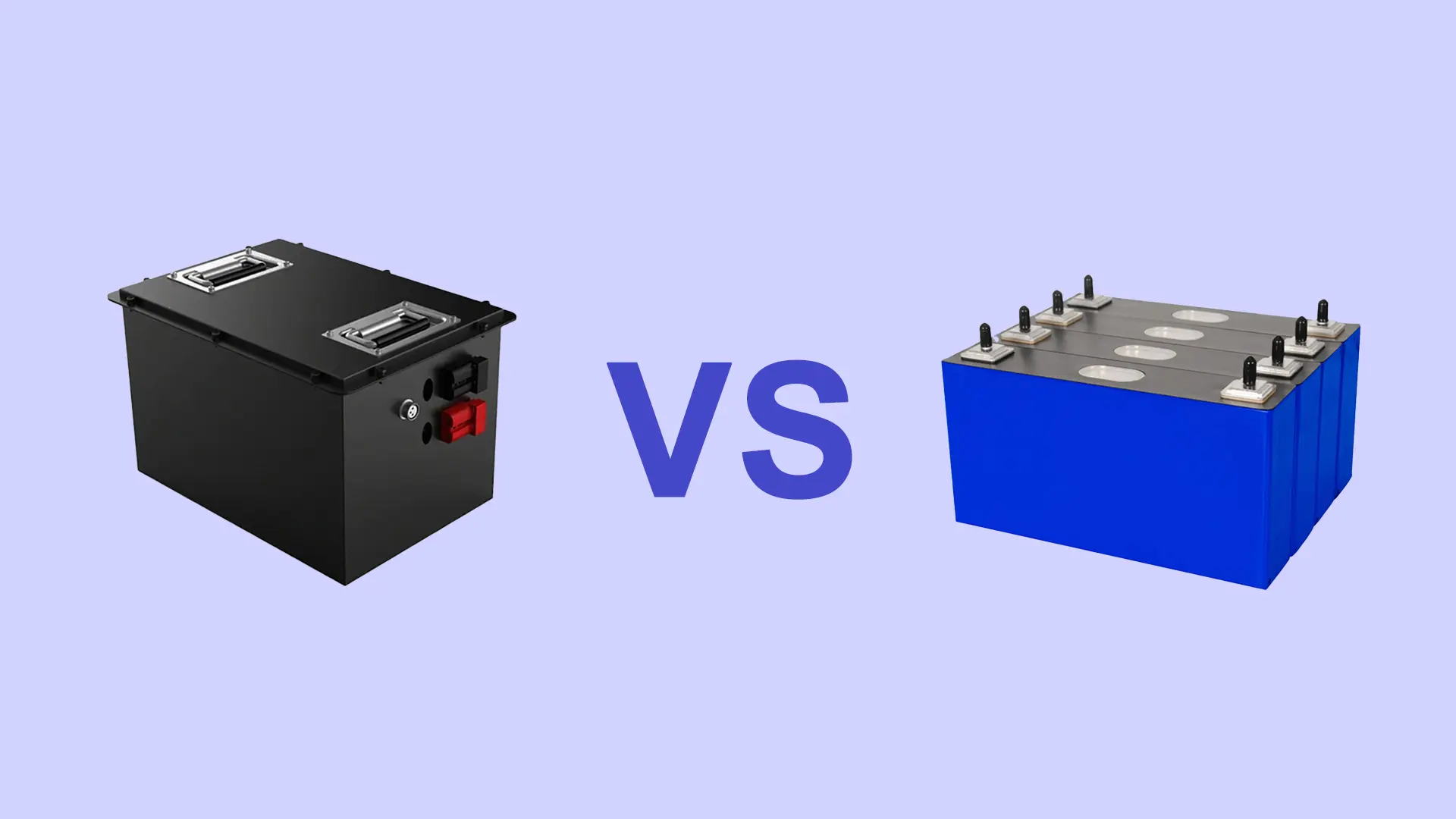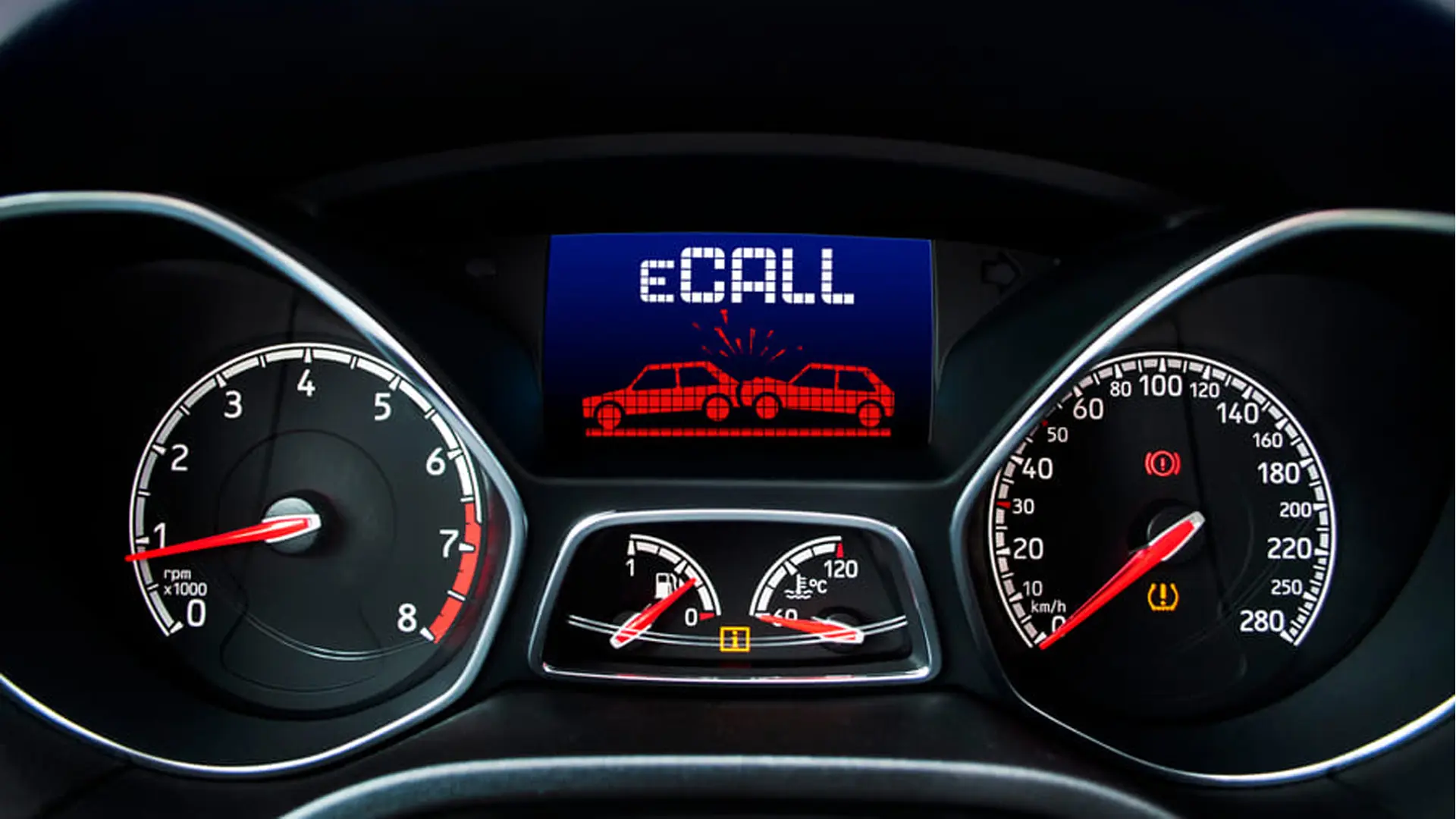A 14500 battery has the same dimensions as a standard AA cell but differs significantly in chemistry and performance. It’s a rechargeable lithium-ion battery with a nominal voltage of 3.7V, much higher than the 1.5V of a typical alkaline AA. This higher voltage allows 14500 batteries to deliver greater brightness and efficiency in devices like flashlights. However, using them in equipment designed only for 1.5V AA batteries may cause damage due to the voltage difference. Let’s delves into the differences in size, chemistry, energy density and rechargeability and applications of 14500 battery VS AA battery.
What is 14500 Battery and AA Battery?
What is 14500 Battery?
The 14500 battery is a cylindrical lithium battery model named after its size with 14mm diameter and 50mm length. It has 3.6-3.7V nominal voltage for lithium-ion, or 3.2V for lithium iron phosphate, with capacities ranging from 600 to 900mAh.
What is AA Battery?
AA battery is a standard size of cylindrical battery with 14.5mm diameter and 50.5mm height, which is used in small electrical appliances, such as remote control, flashlight, toys, and wireless mouse. There are two common types of AA batteries: disposable alkaline batteries with a nominal voltage of 1.5V, and rechargeable nickel-metal hydride (NiMH) batteries with a nominal voltage of 1.2V. They are feature with cost-effectiveness and wide compatibility, serving as preferred choice of most low-voltage power supply devices.
14500 Battery VS AA Battery: What’s the Difference?

| Features | 14500 Lithium Battery | AA battery |
| Chemistry | Li-ion | NiMH/Alkaline |
| Nominal voltages(v/cell) | 3.6–3.7V | 1.5V / 1.2V |
| Size | 14mm × 50mm | 14.5mm × 50.5mm |
| Rechargeable | Rechargeable | NiMH is rechargeable batteries while alkaline batteries are non-rechargeable |
| Capacity | 750-1000 mAh | 600–2500 mAh |
| Weight | About 23 g | About 23–25 g |
| Cycle Life | ≥400 cycles @1C | NiMH: 500–1000 cycles; Alkaline: one-time use |
| Energy density(Wh/kg) | About 110–200 Wh/kg | NiMH: 60–80 Wh/kg Alkaline: 100–120 Wh/kg |
| Discharge Rate | High (1C–5C) | Low discharge rate |
| Cost | Medium | Low |
| Applications | LED flashlights, measuring instruments | Remote control, flashlight |
Now, let’s delve into their other key features that affects their performance.
Size
14500 batteries and AA batteries are almost the same size. 14500 battery features with 14 mm in diameter and 50 mm in length, whereas AA battery has 14.5 mm in diameter and 50.5 mm in length. However, it is essential to consider the voltage differences between 14500 batteries and AA batteries before swapping them.
Voltage
14500 battery offer higher voltage output than AA battery. 14500 lithium battery delivers 3.6–3.7V nominal voltage, reaching up to 4.2V when fully charged and decreases by 2.75–3.0V at discharge cutoff. On the contrary, AA battery, such as alkaline or NiMH battery, offer lower nominal voltage range. Alkaline AA battery offers 1.5V nominal voltage while NiMH battery provides 1.2V nominal voltage.
Chemistry
14500 battery is a type of rechargeable lithium-ion battery with various chemistry options, including nickel manganese cobalt (NMC) and lithium cobalt oxide (LiCoO₂) with 3.6V-3.7V nominal voltage, and lithium iron phosphate (LiFePO₄) with 3.2V nominal voltage. These superior chemistries provide long cycle life, high energy density, and low self-discharge.
On the contrary, AA battery relies on alkaline (Zn-MnO₂) and nickel-metal hydride (NiMH) chemistry systems, featuring with moderate cycle life, low power and affordable cost.
Capacity & Energy
14500 batteries feature with wide capacity range from 600mAh-1200mAh. Alkaline AA batteries offer capacities ranging from 800mAh to 3000mAh, while NiMH AA batteries have capacities ranging from 600mAh to 1200mAh.
However, it’s inaccurate to compare battery capacity with different voltages using milliamp-hours(mAh), while watt-hours (Wh) is the right measure of how much energy battery can store. Wh=Ah×Voltage is the formula to calculate energy.
For instance, a 3.6V 750mAh 14500 battery store more energy compared to a 1.5V 750mAh NiMH battery, providing longer opearting time and greater stability for demanding industrial equipment.
Energy Density
Higher energy density means that more power can stored in a limited space. Although the size is the same, 14500 lithium-ion battery delivers exceptional energy density compared with AA battery thanks to high voltage and advanced lithium-ion chemistry. This feature make 14500 battery an ideal replacement for AA battery in devices requiring long runtime, lightweight design and robust power output with same size.
Discharge Rate
14500 battery supports high discharge rate up to 5C thanks to remarkable li-ion chemistry, low internal resistance and electrolytes design. It maintains stable output in heavy load, which is vital for high-drain devices like sensors and smart metering. Alkaline AA battery offer ultra low discharge capability, and they are disposable batteries. Their voltage drops when discharged at high current, making them suitable for devices that require low current and intermittent operation.
Cost
While the price of 14500 batteries may be higher than that of standard AA batteries, their higher energy density, longer cycle life, and rechargeability reduce the long-term total cost of ownership, especially in applications where frequent battery replacements are impractical or maintenance costs are high. Therefore, 14500 lithium-ion batteries can serve as a replacement for AA batteries in many devices, provided the voltage is compatible.
Rechargeability
The 14500 battery is a rechargeable lithium-ion battery and requires a professional lithium battery charger. Pay close attention to the charging voltage and current parameters to ensure safety and battery life. There are several types of AA batteries. Nickel-metal hydride (NiMH) batteries and some lithium-ion AA batteries are rechargeable, while alkaline batteries, carbon-zinc batteries, and other disposable AA batteries are not rechargeable.
Compatibility
Although 14500 batteries have the same dimensions as AA batteries, their compatibility hinges on specific device’s circuit design, , with voltage differences being a key factor.
For device designed for AA batteries, using 14500 batteries without proper voltage compatibility damages the circuit due to higher voltage.
Devices that use 14500 batteries can run AA batteries at the expense of performance degradation because the lower voltagAA batteries, such as reduced brightness and shorter battery life.
Application
14500 batteries are suitable for devices demanding stronger power output thanks to higher voltage and energy density, such as high-power flashlights, portable medical equipment, and IoT devices.
AA Batteries are used in various low-power devices, such as remote controls, toys, small flashlights, and electronic dictionaries. AA batteries are a great choice for devices with lower voltage requirements and cost-sensitiveness devices.
Is the 14500 Battery the Same as AA Battery?
No, they are different. 14500 batteries and AA batteries have the same dimensions of 14mm in diameter and 50mm in height. However, they differ in voltage and applications. 14500 batteries have a voltage of 3.6-3.7V, ideal for small electronic devices, smart home sensors. AA batteries, including alkaline and NiMH types, have a nominal voltage of 1.5V or 1.2V, which is suitable for remote control, clock.
Can 14500 Battery Replace AA Battery?
14500 batteries can replace AA batteries under certain conditions, but you should carefully consider the voltage compatibility and device requirements. 14500 batteries should only be used cautiously as a replacement for AA batteries if the device supports wide input voltage range of 3.0V–4.2V. What’s more, consult the device manual and manufacturer before replacement.
Where to Buy 14500 Li-ion Batteries?
CM Batteries, a reliable custom lithium-ion battery manufacturer, supplies high-quality 14500 lithium batteries with capacity of 750mAh-1000m and chemistries from lifepo4 to NMC. Our 14500 lithium-ion battery is a replacement for AA batteries if meet voltage requests, offering higher voltage and energy density while maintaining the same size. It provides built-in PCB against overcharge, over-discharge, and short-circuit protection. Batteries remain stable performance over -20℃ to 60℃ wide temperature conditions and shine in 5C high discharges rate, making them suitable for sensors, handheld instruments, flashlights.
The following is our 750mah Wide-Temperature 3.6V AA 14500 Li-ion Battery
14500 Battery VS AA Battery: Which is Better?
It depends on your application requirement. AA batteries, whether NiMH or alkaline battery, are affordable and compatible for low-power devices at the cost of limited energy density and moderate discharge capacity. In contrast, 14500 lithium battery boasts higher energy density, stable voltage output and high rate-discharge capacity, making them suitable for drop-in replacements in AA housings for high-power industrial applications.
CM Batteries leverages battery technology and specializes in manufacturing custom 14500 lithium battery pack to meet diverse needs in the harsh industrial conditions. Contact us now to start your custom battery solution.

